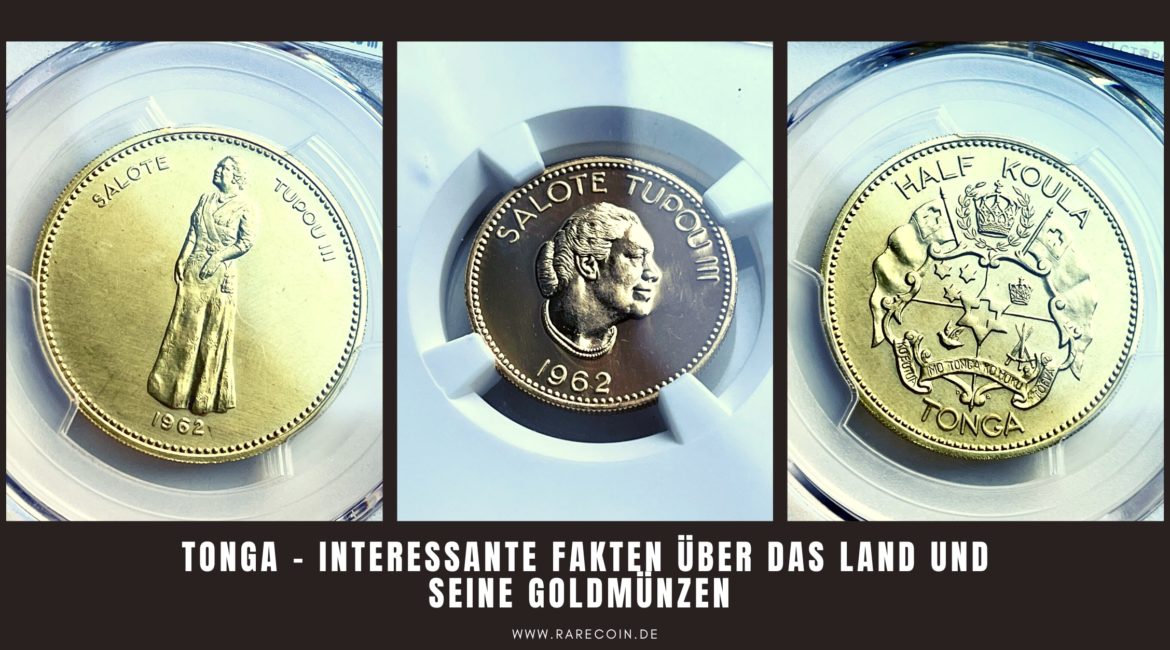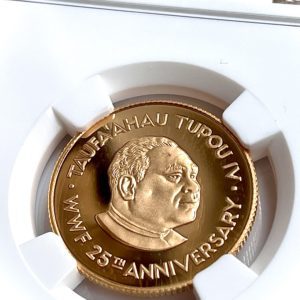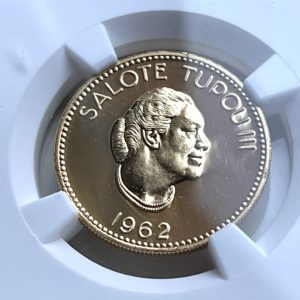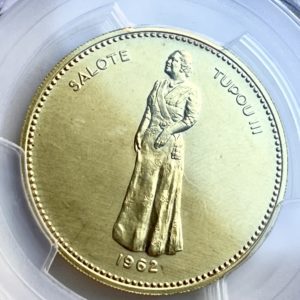Tonga, officially the Kingdom of Tonga, is an island nation in the southwestern Pacific Ocean. The Tonga Islands are known worldwide for their beautiful sandy beaches, mountains and coral reefs. Tonga is an archipelago of 169 islands, only some of which are inhabited.
Population: 106,465 (as of early 2023)
Form of government: constitutional monarchy
Official Languages: While Tongan is the most widely used language among the population, English is the main language of instruction on the island. English is taught as a second language in schools and is the main means of communication for business purposes. English is also the first language for most immigrants from the UK.
Clothing: Some people in Tonga wear Western clothing, but the traditional dress is a wrap skirt. Both men and women wear this skirt.
The flag of Tonga bears a red cross as a symbol of the deeply rooted Christian religion there. The red in the flag represents the blood that Jesus shed during his crucifixion. White stands for purity.
The coat of arms of Tonga shows a quartered shield framed by golden ornaments. In the first, golden field are three six-pointed silver stars. They represent the three main island groups of Tongatapu, Haʻapai and Vavaʻu. In the second, red field, the royal crown is depicted, which is supposed to symbolize the royal house. You can see the coat of arms on the obverse of the coins (link to gold coins below).
Currency: The Paʻanga is the currency of Tonga. It is controlled by the National Bank of Tonga in the capital Nukuʻalofa.
Capital: Nukuʻalofa
Sightseeing in Nuku’alofa
The Free Church of Tonga, the Centenary Church, the Talamahu Markets, the Kingdomkoffie, the Royal Tombs, the Royal Palace and the National Museum of Tonga are perhaps the most interesting places to see when visiting Tonga. Various guided tours are offered and recommended.
National dish of Tonga: Ota ‘ika
The raw fish with coconut milk and diced vegetables (usually tomato, cucumber, onion, green onion and hot bell pepper). In addition, horse meat is eaten in Tonga.
What are the people like in Tonga?
As the Tongan saying goes, “oua lau e kafo kae lau e lava” (“Stay positive and count your blessings”), Tongans are often grateful, relaxed, gentle and forward-looking people.
Economy in Tonga
Agriculture is the mainstay of the Tongan economy. Bananas, pumpkins, coconuts and vanilla beans are the main crops grown in Tongo. Other important crops include watermelons, pineapples, yams, taro, cassava, corn, limes and tomatoes.
Other important economic sectors besides agriculture are: Tourism, construction, fishing
Sunday is a day of rest in Tonga. This is different from most other countries, as most of Tonga rests on Sunday in favor of family, church, relaxation and food. Business of any kind is prohibited on this day. It is even forbidden to play sports, exercise or even swim. Sunday is a day of rest there in the truest sense.
The Tongans and their gold teeth
The Tongan term for gold teeth is “nifo koula,” and the gold often comes from second-hand or family jewelry. For Tongans, these embody layers of genealogy and memory.
Show respect in Tonga
Tongans tend to show their deference through their body language, for example, by holding their head lower than people of higher rank or by averting eye contact. Wearing revealing or tight clothing is considered impolite in Tonga. It is illegal for men and women to be topless in public places. Women are expected to wear skirts in public, with knees or shoulders covered.
Gold coins from Tonga and Queen Salote Tupou III on the gold coins – our highlights
Tonga – Queen Salote Tupou III – 1/2 Koula – 1962 – PCGS MS67 – The first coin issue of Tonga. A distinctive feature of this gold coin: it was certified by the PCGS and rated with a very high grade of MS67. There has only been 1 coin ever graded higher at PCGS, as of today!
Tonga – Queen Salote Tupou III – 1/4 Koula – 1962 – NGC PF66 – This gold coin has been certified by the NGC and graded a very high grade of PF66.
Read more about PCGS and NGC grading here: Grading a coin: NGC and PCGS
The most famous Tongan personality of this century was Queen Salote Tupou whose reign began in 1918. You can see them on both gold coins. Their dynasty, the Tupou, is the third branch of the royal family and dates back to Ahoeitu, the first Tu’i Tonga of whom there are records. Queen Salote’s son, King Taufa’ahau Tupou IV, succeeded to the throne in 1965 and was formally crowned in 1967. Sālote Tupou III was Queen of Tonga from 1918 to 1965 and reigned for nearly 48 years, longer than any other Tongan monarch. She was a very popular Tongan monarch. With a height of 1.80 m Queen Salote was an imposing appearance.
Queen Salote Tupou III was so successful that she could afford to put a gold currency into daily circulation in her country – something no other country has done since 1934. In theory, Tongans can pay their bills with large gold pieces bearing the Queen’s portrait. Queen Salote hoped that her money would bring numismatists and tourists to Tonga with their own currencies. However, this money was never intended for circulation in Tonga. The word “Koula”, which can be seen on the coins, stands for nothing other than the Tongan word for gold.
Do you have any questions about these gold coins? We are happy to be of service to you and look forward to hearing from you.
Interesting gold coins from Tonga:
-
Tonga – ½ Hau – Taufa’ahau Tupou IV WWF – NGC PF69 Ultra Cameo
895,00 €plus shippingDelivery Time: approx. 2-3 days (excluding Saturdays, Sundays and public holidays) -
Tonga – 1962 – 1/2 Koula – Queen Salote Tupou III – 16.25g – Gold – PCGS MS67
1.695,00 €plus shippingDelivery Time: approx. 2-3 days (excluding Saturdays, Sundays and public holidays)








